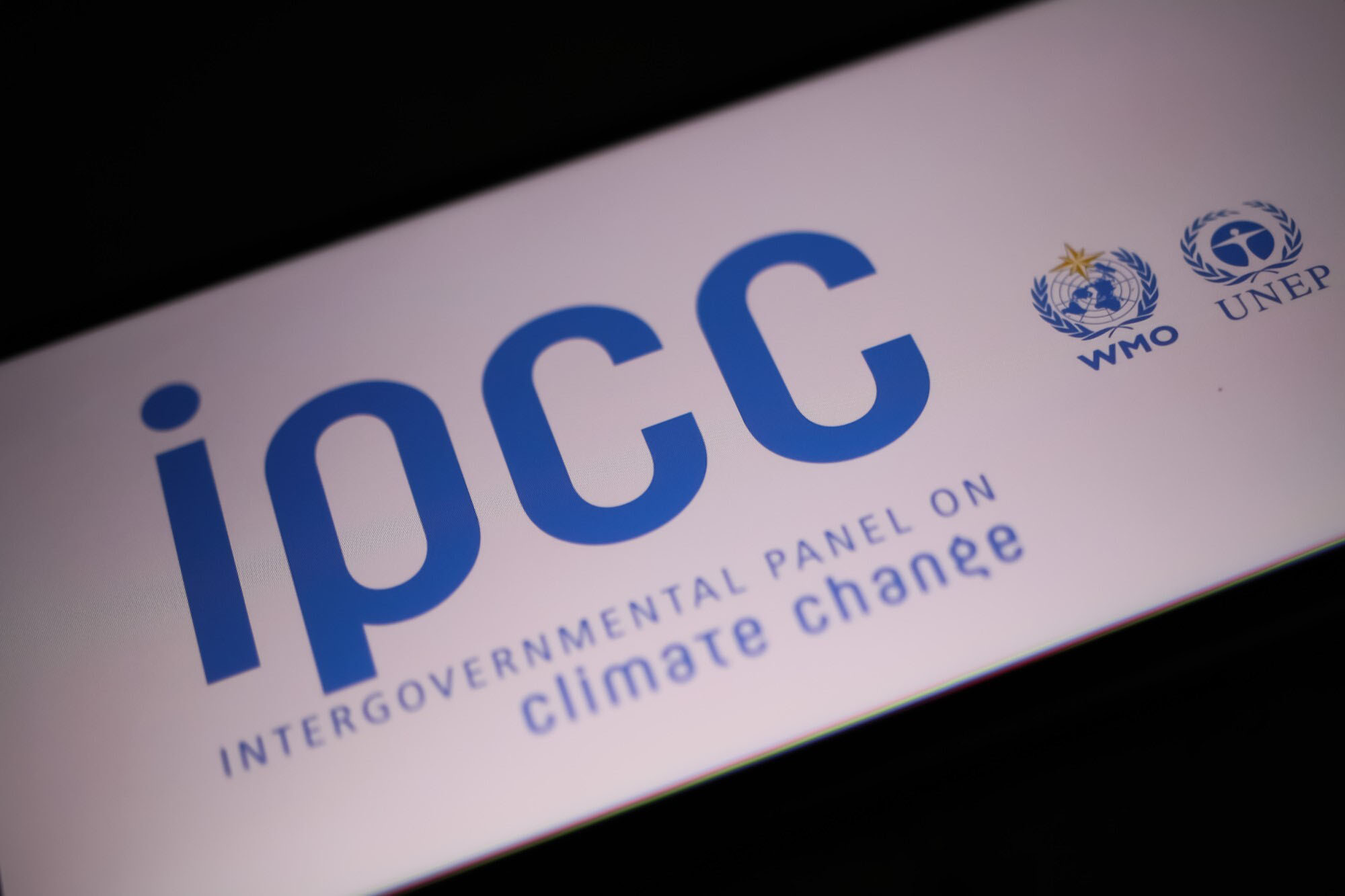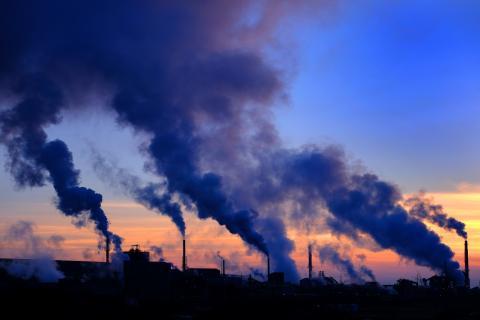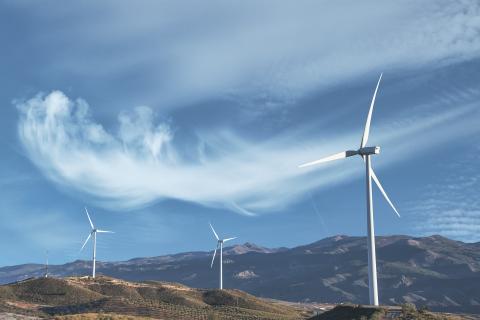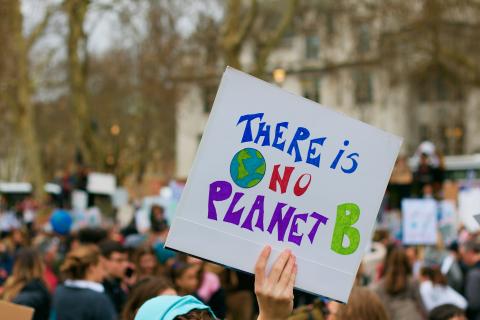The report published on April 4th, 2022, after 5 years of work by more than 235 authors from all over the world concludes that we are not on track to limit the planet warming to 1.5ºC. Unfortunately, average annual GHG emissions during 2010-2019 were the highest in human history.
Unfortunately, average annual GHG emissions during 2010-2019 were the highest in human history
Nevertheless, the report also states that there is increased evidence of climate action. In fact, since 2010, there have been sustained decreases of up to 85% in the costs of solar and wind energy, and batteries. At the same time, there have been large increases in capacity installed. An increasing range of policies and laws have enhanced energy efficiency, reduced rates of deforestation and accelerated the deployment of renewable energy.
The hopes come from the fact that there are options available now in all sectors that can at least halve emissions by 2030. Significant changes across transport, industry, buildings, and land-use will make it easier for people to lead low-carbon lifestyles and, at the same time, improve wellbeing. In the buildings sector, the one I have led within the report, action in this decade (up to 2030) is critical to fully capture the mitigation potential of buildings. By retrofitting existing buildings and using effective mitigation techniques in those yet-to-be-built, it is possible to approach net zero GHG emissions in 2050. This requires ambitious policy packages (which, for example, could incorporate the use of renewables, and efficient design and use of space, energy, materials, and appliances).
There are options available now in all sectors that can at least halve emissions by 2030
There are examples of zero energy or zero-carbon buildings in almost all climates, but research shows that mitigation options start in sufficiency (decreasing energy demand), efficiency, and renewables implementation. More could be done if renovation rates and retrofitting were improved. It is essential that new buildings include all sufficiency criteria; this means using low-carbon materials, such as local materials, having adequate form and orientation, or adequate fenestration; with this, our building would need less energy to get thermal comfort.
Other sectors such as industry, transport, cities and urban areas, the energy sector, and agriculture, forestry and other land use also have high opportunities of climate change mitigation.
There are ways to change this trend of high emissions, but this needs action from governments and society. Ambitious climate change mitigation needs coordination across government, and consensus between stakeholders. Regulatory and economic instruments, policy packages, and low-emission technological innovation are needed.
The results of this report are important because science has shown that climate change mitigation is possible, but only if all of us work together.
Ambitious climate change mitigation needs coordination across government, and consensus between stakeholders
The consequences of climate change were already compiled by Working Group I report, where it was clear that climate change is affecting all over the world, including Spain. Now, Working Group III contribution gives paths on how achieved a low-emissions world. It is very important that the report shows that this is achievable without decreasing wellbeing in the developed countries and that developing countries can actually continue increasing their wellbeing, but it is also clear that changes in lifestyles are needed.
Spain is not isolated in climate change consequences, neither it is its contribution to GHG emissions. Therefore, Spain also needs to take action to emissions reduction in all its sectors and by all stakeholders (from governments and municipalities to industry and the society itself); we all must contribute to decreasing GHG emissions if we want to keep wellbeing to our future generations, to our sons and daughters.




